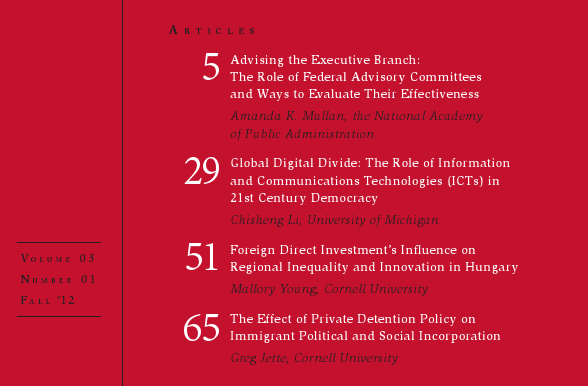U.S. Exports in the Western Hemisphere in 2012
On December 9th, U.S. Secretary of State John Kerry stated that the United States was exploring a new trade agreement for the Americas. This would be the first time the U.S. proposed a regional agreement since the unsuccessful Free Trade Area of the Americas (FTAA). According to Secretary Kerry, the agreement would begin with the re-launch of the North America Free Trade Agreement (NAFTA), which has been in discussion by Canada, the U.S. and Mexico. A month later, U.S. Commerce Secretary Penny Pritzker unveiled the Looking South Initiative, which encourages American companies to do business with the nation’s partners south of the border. A new free trade area in the Western Hemisphere would benefit all countries, but it will need to work towards the inclusion of skeptical Latin American nations.
Strengthening NAFTA is an important step forward, given the success of the agreement. Trade between NAFTA members reached $1 trillion in 2011, while making Canada and Mexico the U.S.’s main exporting markets. Similarly, the treaty allowed Mexico’s economy to industrialize while Canada opened its economy to trade and maintained control over its water and energy resources.
The exploration of expanding NAFTA into a regional agreement is a logical step given the large amount of trade the U.S. has with the Americas. The U.S. has twelve trade agreements in the region, ranging from bilateral ones, such as the free trade agreements with Chile and Colombia, as well as regional treaties, such as the one with Central America and the Dominican Republic (CAFTA-DR). U.S. trade with the Western Hemisphere totaled $1.7 trillion in 2011, with the largest exporting markets being Canada, Mexico, Brazil, Colombia and Chile.
A new hemispheric agreement would benefit the continent in the global market. For the U.S. to compete with China’s manufacturing, it needs to integrate its supply chain with the rest of Latin America. U.S. supply chains already are interconnected with Mexico, in which 40% of imports are made by American workers. Integrating the supply chains would also help Latin America’s economies move towards manufacturing. An example is Mexico’s economy, which has become a high-tech manufacturing producer, leaving behind the old light industries and agricultural sector. Furthermore, a new agreement should include an energy component so that the Western Hemisphere can benefit from the energy revolutions in Canada and the U.S., as well as the foreseen expansion of Mexico’s energy sector.
Although making NAFTA the core of the new agreement is a smart strategy given the close economic ties between the countries, the idea of a new trade area in the hemisphere needs to learn from the FTAA’s failures. While Venezuela’s objection to the FTAA was ideological, Brazil’s and Argentina’s were economical: they argued that the FTAA would only work if the U.S. eliminated its agricultural subsidies. The new agreement should begin with incorporating those nations already involved in free trade (i.e. the Pacific Alliance and CAFTA-DR), but should be flexible to incorporate countries, such as Brazil, which were instrumental in the FTAA’s demise.
The Looking South Initiative is a good start towards the revival of the free trade area of the Americas. Starting with NAFTA will provide a good base from which negotiations can begin. NAFTA’s re-launch is scheduled to occur on February 19 during the North American meeting between President Barack Obama, President Enrique Peña Nieto and Prime Minister Stephen Harper in Toluca, Mexico.

